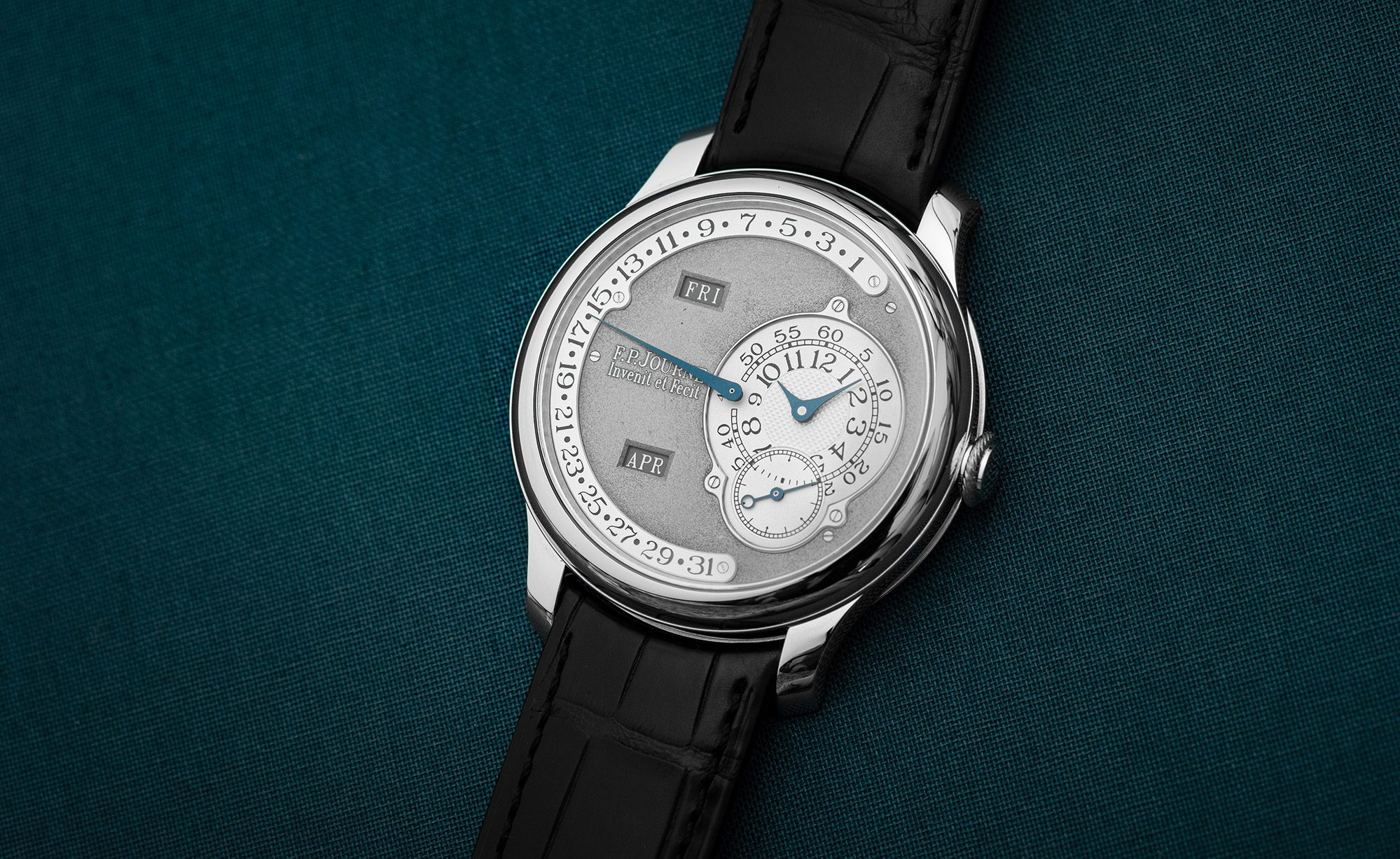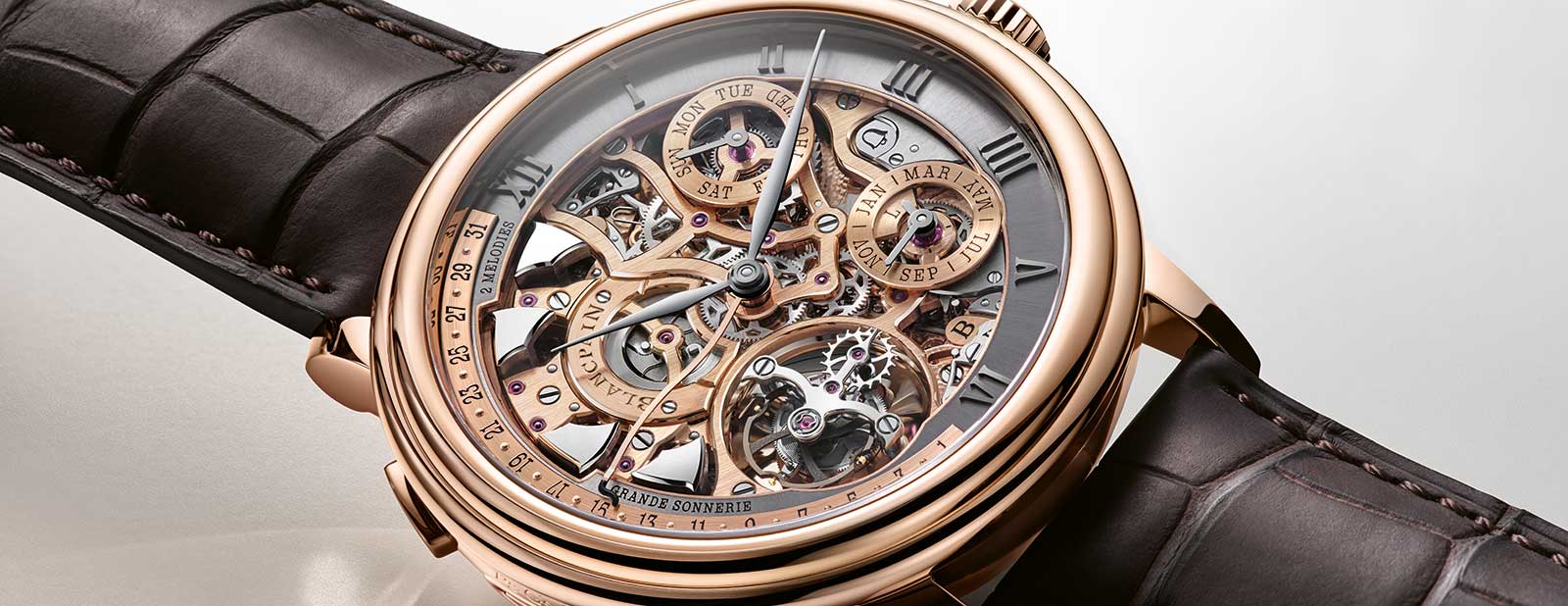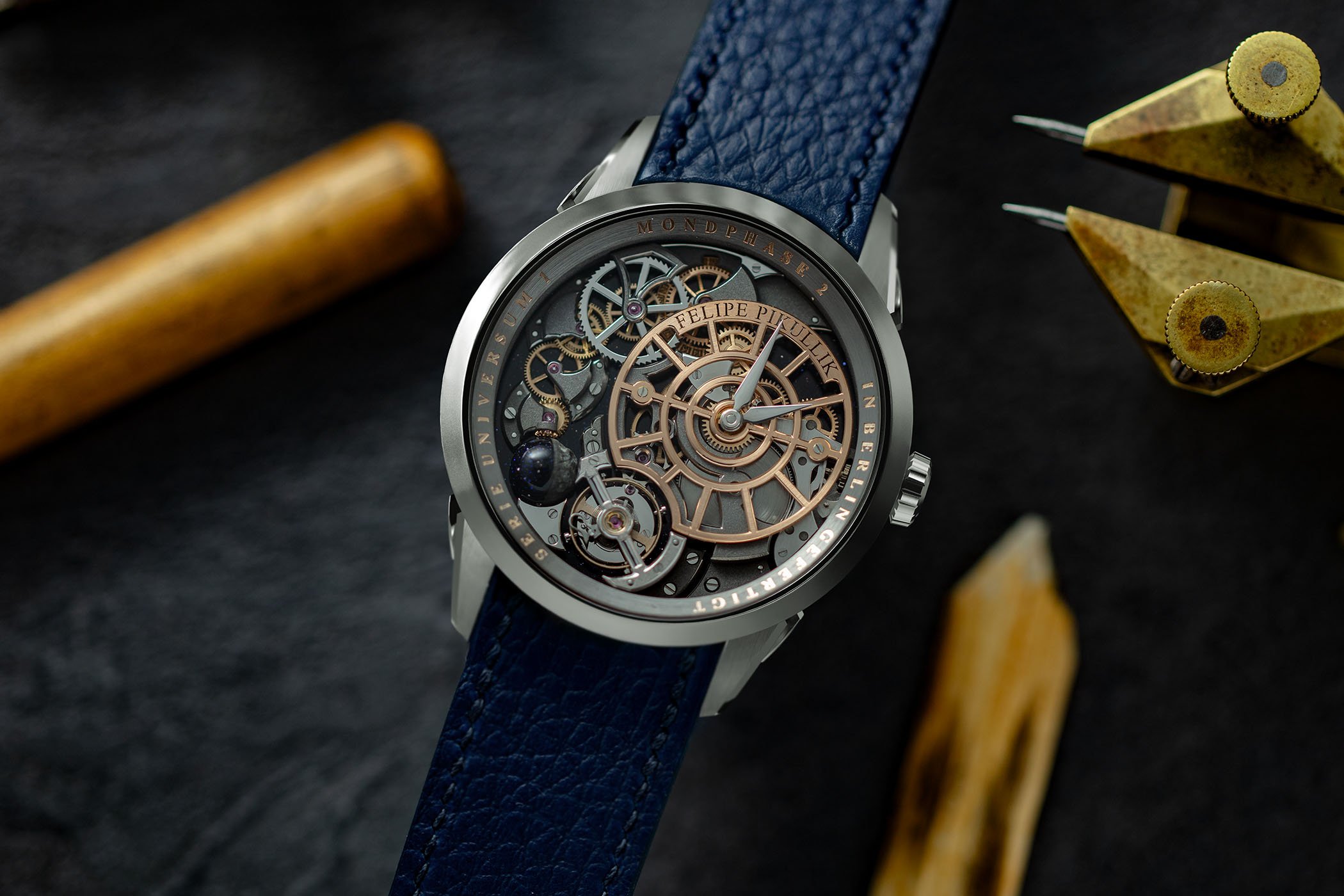The 21st-Century Calibre Breakthroughs That Have Redefined Watchmaking

The 21st century has witnessed groundbreaking innovations in mechanical watchmaking, with notable advancements leading to the redefinition of traditional horology. The Ulysse Nardin Freak, introduced in 2001, marked a significant shift with its rotating gear train and the incorporation of silicon escapement wheels, setting new standards for the industry. Similarly, the F.P. Journe Octa Calibre 1300 demonstrated the potential for automatic movements to deliver exceptional power reserves in a compact design, while Urwerk's UR-103 reimagined time display through a unique satellite carousel system. The Greubel Forsey Double Tourbillon 30° leveraged a dual-axis design to enhance accuracy, showcasing the intricate engineering behind contemporary timepieces. Recent developments, such as the MB&F Legacy Machine Sequential, continue to push the boundaries of watch technology. This chronograph features two independent timing mechanisms linked by a Twinverter system, enabling advanced timing functions without the friction typically associated with traditional designs. Each of these innovations reflects a commitment to combining artistry and precision, ensuring that mechanical watches remain not only relevant but also increasingly sophisticated in the modern era. The interplay of design and engineering in these timepieces exemplifies the ongoing evolution of watchmaking, bridging the gap between tradition and cutting-edge technology.




